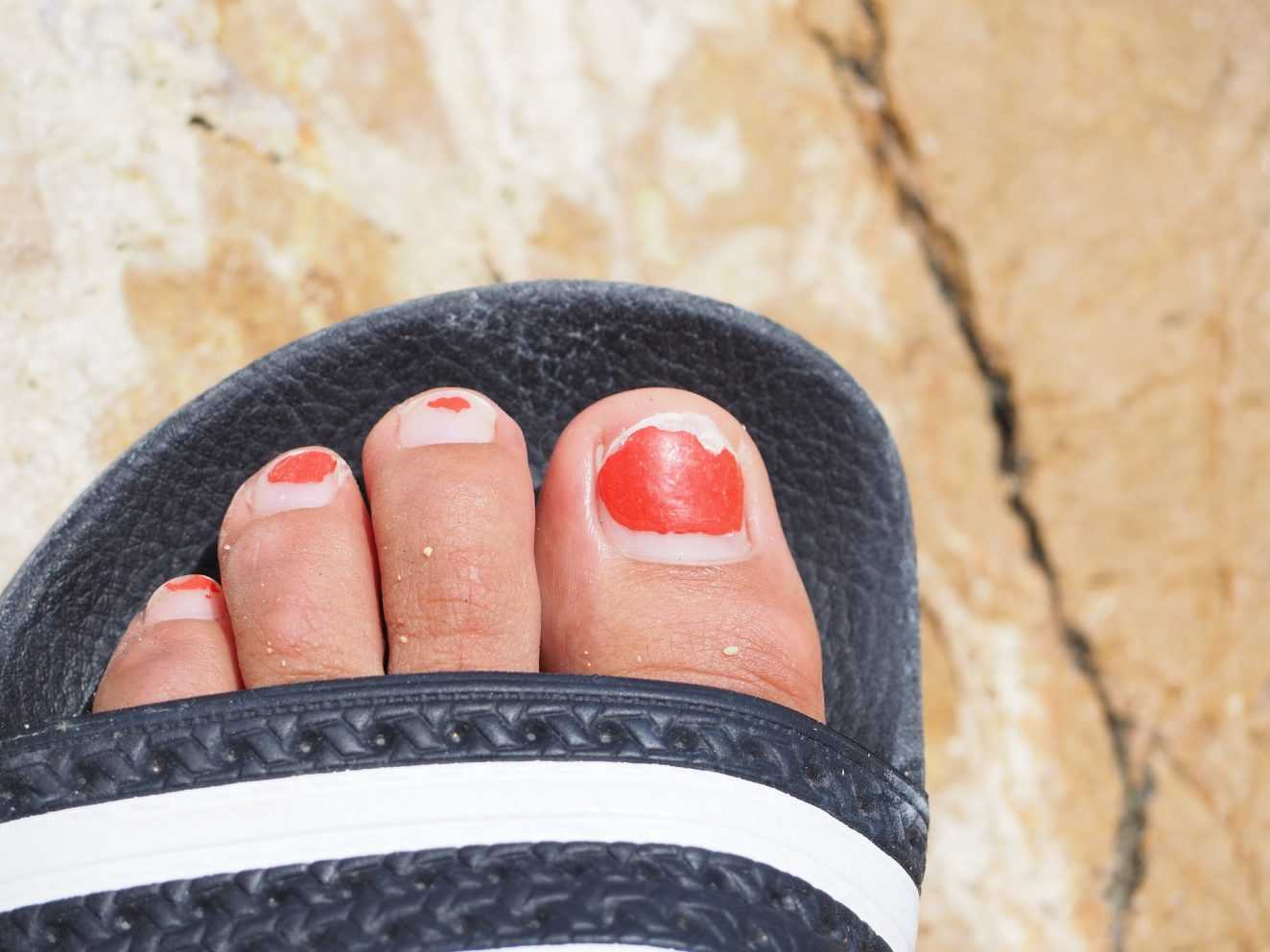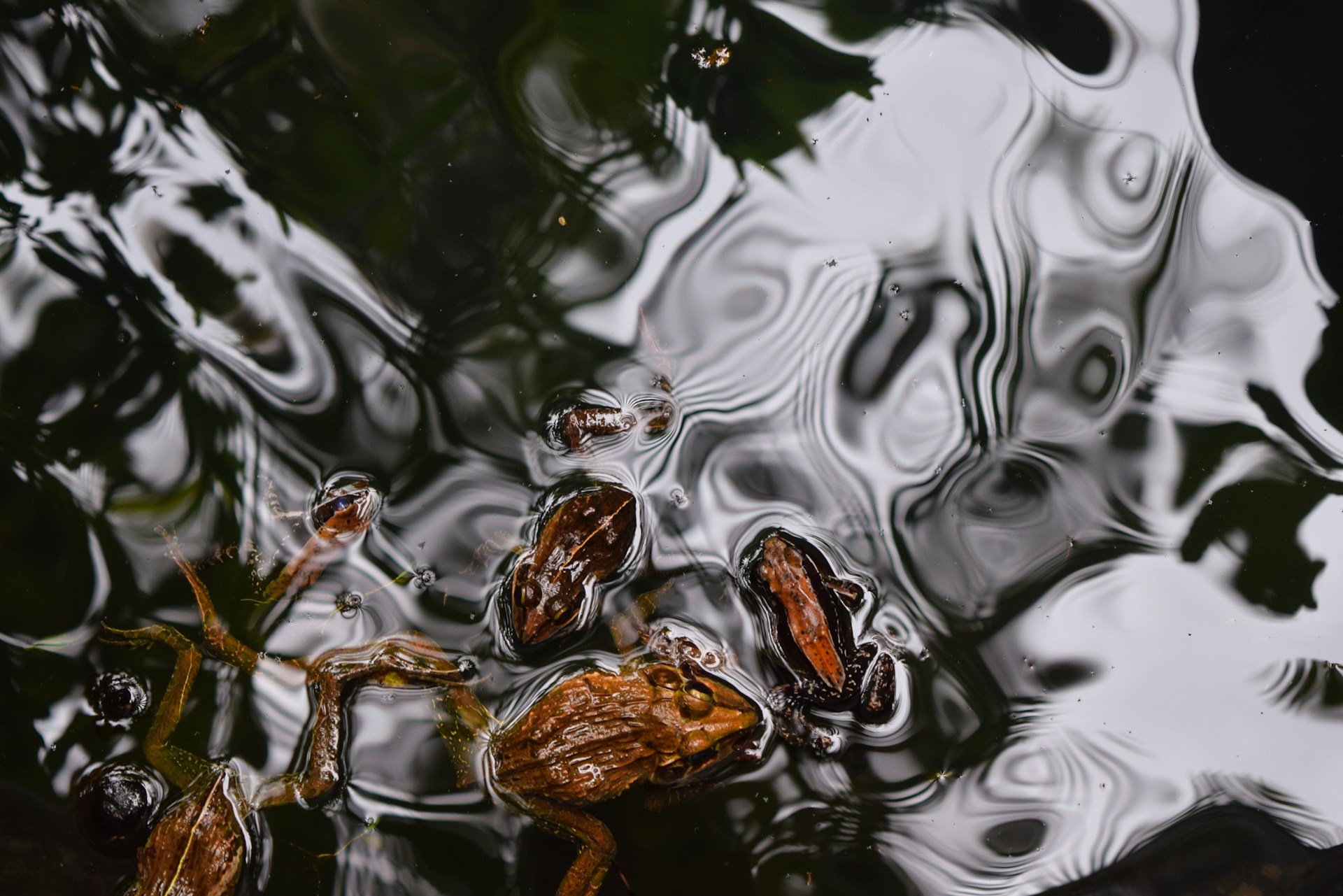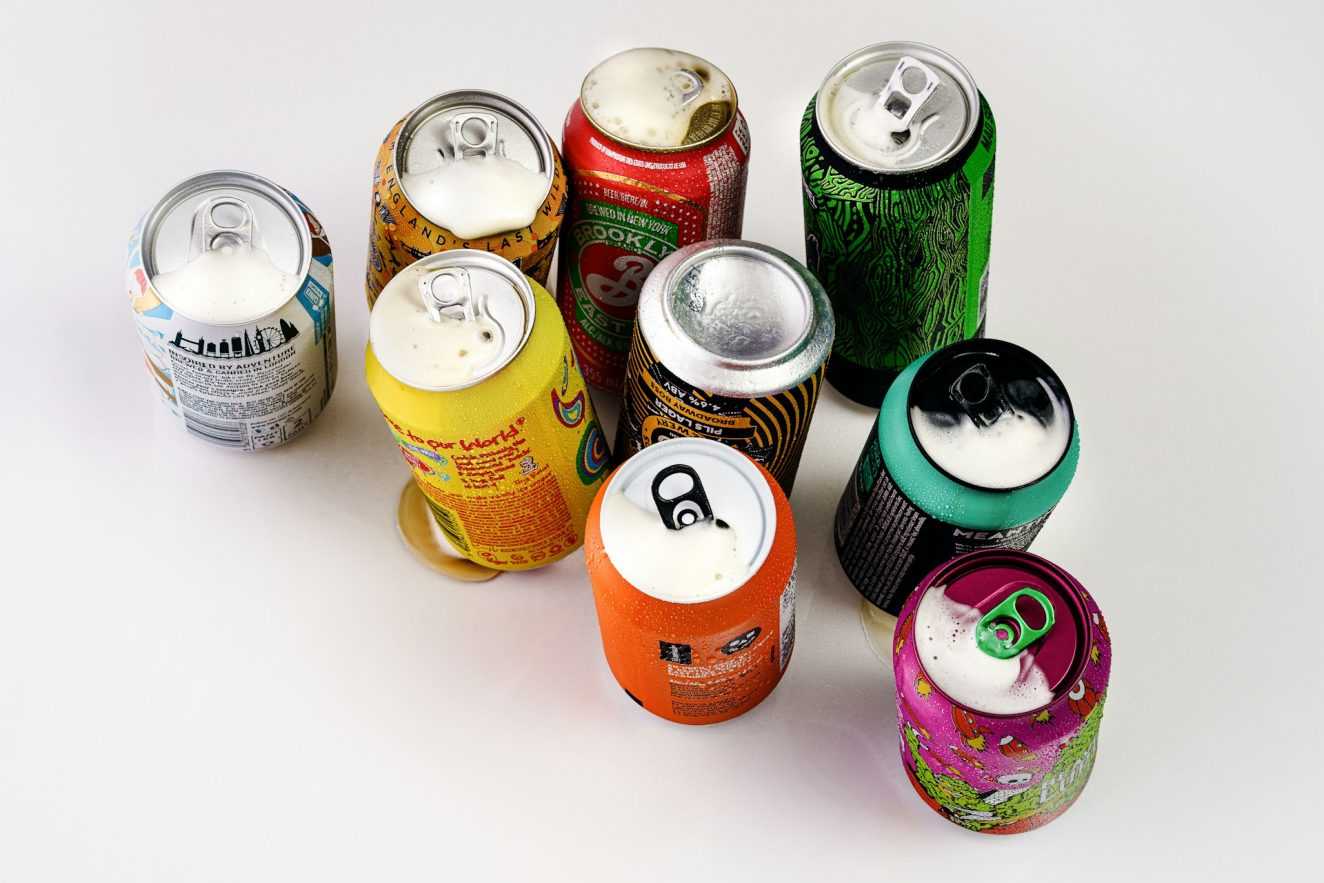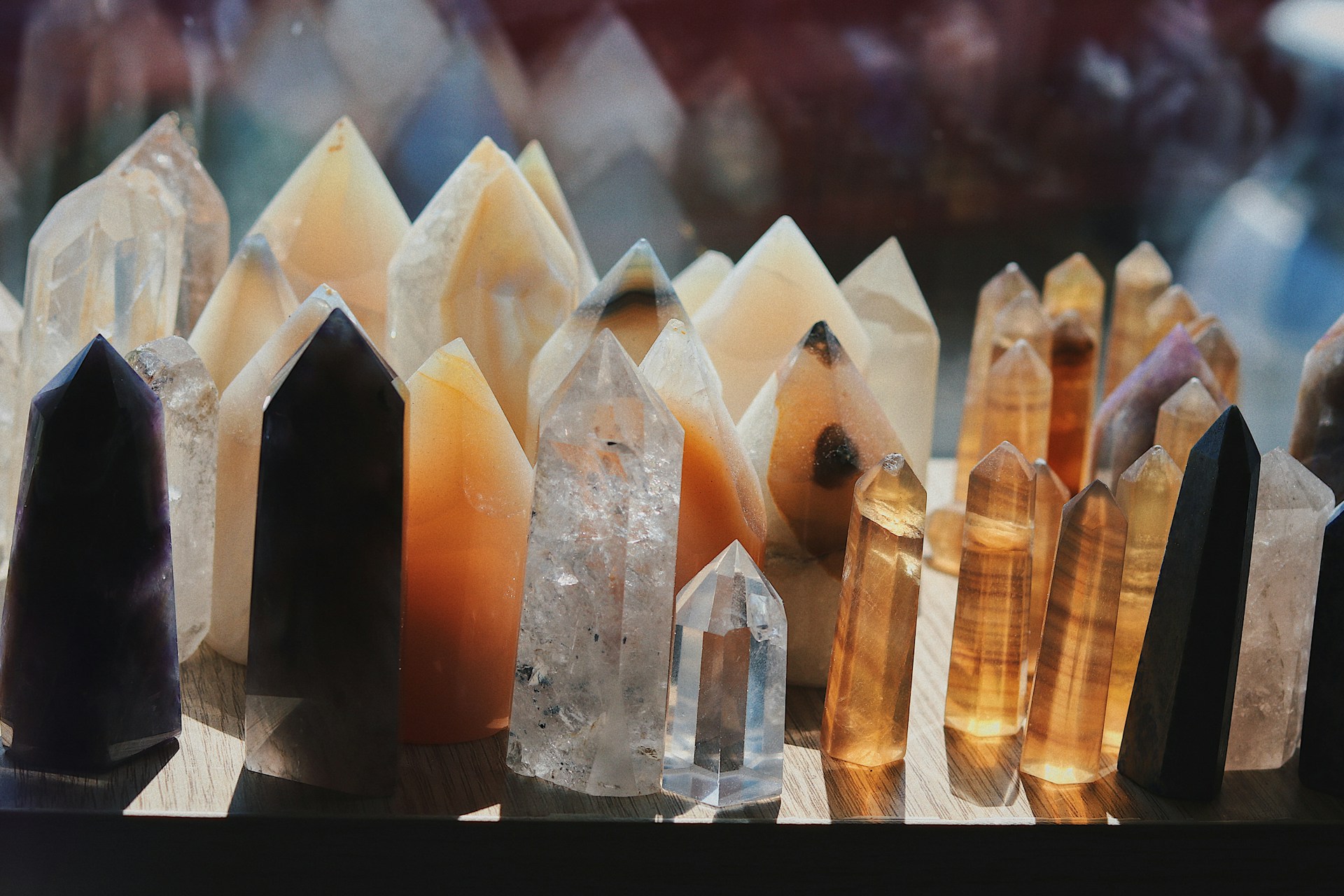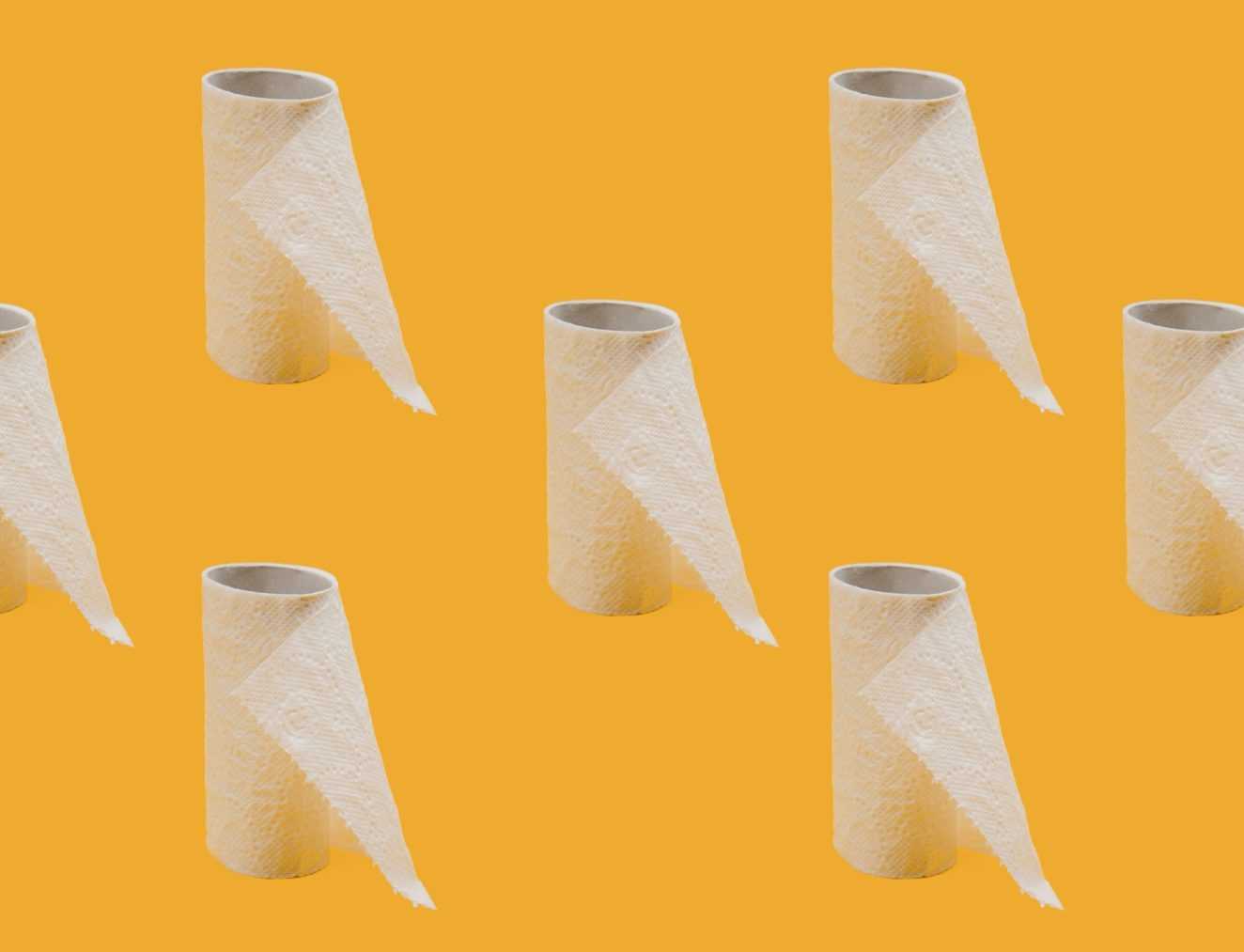Finger and toe nails are often overlooked in our daily lives, yet they play crucial roles in our overall health and well-being. These seemingly unassuming keratin structures on our digits have some intriguing secrets and incredible facts. In this blog post, we’re going to uncover the mysteries of nails, from what they’re made of to how they grow and even how to care for them.

The Composition of Nails
Nails may seem tough, but they are actually quite delicate structures. They are primarily composed of a protein called keratin, the same protein that makes up our hair and the outer layer of our skin. Keratin is a fibrous and incredibly strong protein that provides nails with their rigidity.
Why Cutting Nails Doesn’t Hurt
Ever wondered why cutting your nails is painless, unlike cutting your skin? The secret lies in the way nails grow. Nails don’t contain nerve endings or blood vessels, which is why trimming them doesn’t cause pain or bleeding. The sensitivity around the base of your nails, known as the nail matrix, is where you might feel discomfort if injured.
The Growth Process
Nails grow from the nail matrix, which is located just under the cuticle. The nail matrix contains actively dividing cells that produce keratin, gradually pushing older nail material forward. This is why nails appear to grow from the base toward the tip. On average, fingernails grow about 3 millimeters (0.1 inches) per month, while toenails grow more slowly at approximately 1 millimeter (0.04 inches) per month.

Your Nails Reveal Your Health
Nails can be a reflection of your overall health. Changes in nail color, texture, or growth rate can signal underlying health issues. For instance, pale or white nails can indicate anemia, while yellowish or brownish nails may be a sign of fungal infections. If you notice any unusual changes in your nails, it’s a good idea to consult a healthcare professional.
Fascinating Facts About Nails
Nails are Harder Than Skin: Nails are about ten times harder than the outer layer of your skin. This makes them ideal for their protective function.
The Longest Nails in History: Lee Redmond held the Guinness World Record for the longest fingernails on both hands, which reached a staggering combined length of 8.65 meters (28 feet 4.5 inches) in 2008.
Nail Growth and Season: Nails grow faster in the summer than in the winter. This is due to increased blood flow during warmer months.
Nail Beds and Ethnicity: The length and width of your nail beds are influenced by genetics and ethnicity. People of Asian descent tend to have wider, shorter nail beds, while those of African descent often have longer, narrower nail beds.
Can You Sweat Through Nails? Contrary to popular belief, you cannot sweat through your nails. Sweat is released through sweat glands in your skin, not your nails.
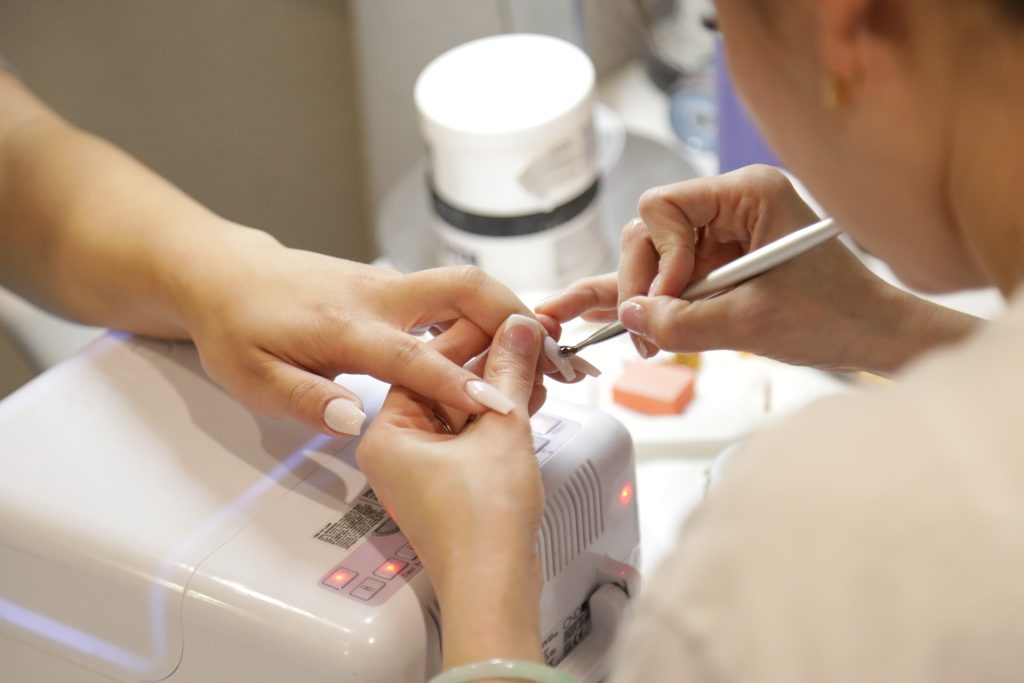
Caring for Your Nails
Proper nail care is essential for maintaining healthy, strong nails:
Keep Nails Clean: Regularly clean your nails and cuticles to prevent the buildup of dirt and bacteria.
Trim and File: Trim your nails regularly with clean, sharp nail clippers. File the edges to maintain a smooth shape.
Moisturize: Apply a good-quality moisturizer to your nails and cuticles to prevent them from becoming dry and brittle.
Healthy Diet: A balanced diet rich in vitamins and minerals, particularly biotin, can promote nail health.
Limit Harsh Chemicals: Avoid prolonged exposure to harsh chemicals, as they can weaken and damage your nails.
Nail Protection: If you engage in activities that may stress or damage your nails (like sports or gardening), consider wearing gloves for protection.
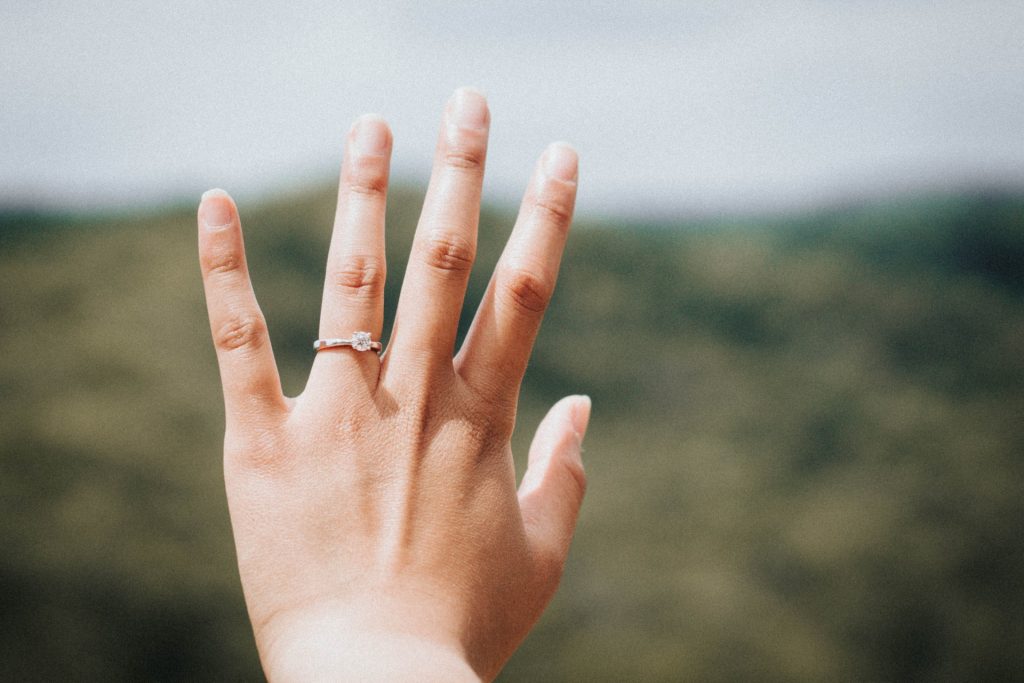
Nails are not just an accessory; they serve important functions and can tell you a lot about your health. From their composition and growth process to fun facts and care tips, nails offer an interesting and often overlooked part of our bodies. So, next time you admire a beautiful manicure or notice a change in your nails, remember the incredible science and mystery that lies beneath these tiny, versatile keratin structures on the tips of your fingers and toes.

